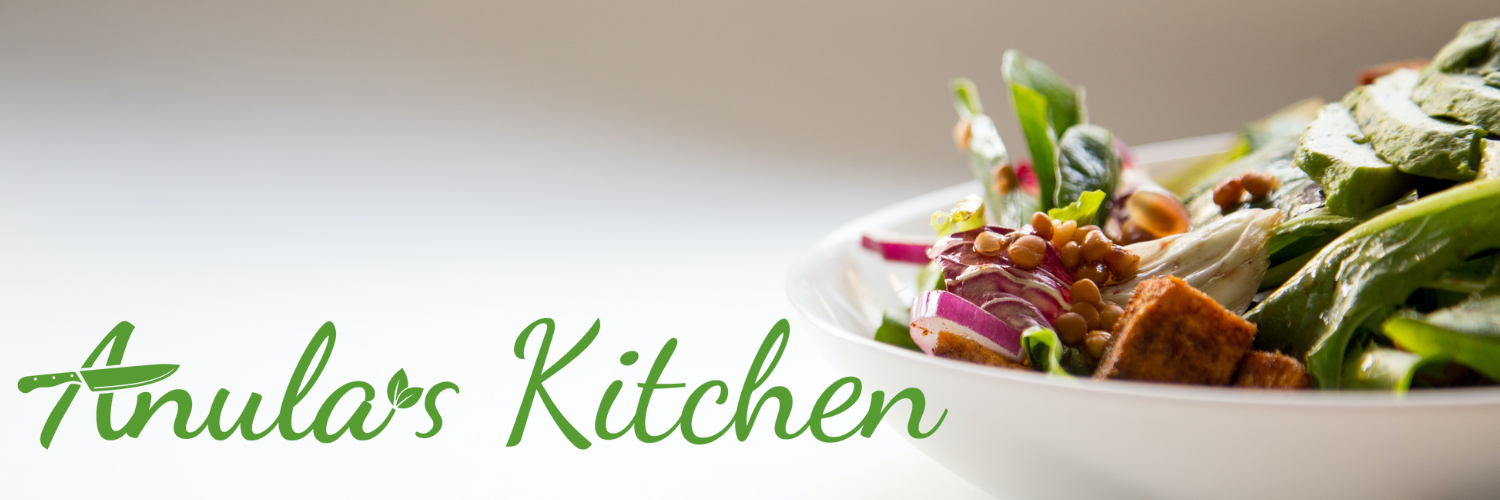Easter is in full swing! I've heard many times about simnel cake, but never actually made it, not eaten it, before now. If you're like me and have never eaten simnel cake, I can tell you it's like a lighter version of the Christmas fruit one. There's no booze in it, it has less spices - only cinnamon. It's moist, sweet and very rich. What's important, it's so easy to prepare, so I hope you'll try it, it definitely is my new Easter tradition!
"The Simnel cake is a symbolic Easter cake and is decorated to signify aspects of Christianity. The eleven marzipan balls around the cake represent the 11 disciples, though there were 12 – Judas Iscariot betrayed so he is omitted! Some people just put a large ball in the centre of the cake to signify Jesus."
"Simnel cake is traditionally eaten on Easter Sunday. In olden days female servants would bake this fruit cake using all the ingredients that had to be used up before the fast and abstinence of Lent. They would take this home on their rare visits to their mothers on Mothering Sunday." - by odlums.ie
Smacznego!
You may also like:
"The Simnel cake is a symbolic Easter cake and is decorated to signify aspects of Christianity. The eleven marzipan balls around the cake represent the 11 disciples, though there were 12 – Judas Iscariot betrayed so he is omitted! Some people just put a large ball in the centre of the cake to signify Jesus."
"Simnel cake is traditionally eaten on Easter Sunday. In olden days female servants would bake this fruit cake using all the ingredients that had to be used up before the fast and abstinence of Lent. They would take this home on their rare visits to their mothers on Mothering Sunday." - by odlums.ie
How to make it...
Ingredients:
- 80 g candied orange and lemon peel, finely chopped
- 150 g sultanas and/or raisins
- 500 g plain white flour, plus 1 tablespoon in a separate bowl for dusting the dried fruit
- 2 teaspoon baking powder
- 225 g light brown sugar
- 1/4 teaspoon each of ground nutmeg and ground cloves
- 420 mlsoya or other plant milk
- 50 ml plain vegetable oil
- 1 flax egg (1 tablespoon ground flax meal with 3 tablespoon warm water, set aside)
- 2 tablespoon aquafaba, whipped up until white and frothy, use a balloon whisk or a stick blender
Icing and filling mixture:
- 7 dried apricots, chopped
- 250 ml soya or other plant milk
- 200 g ground almonds
- 1 tablespoon agave or maple syrup
Method:
- Prepare two round non-stick cake tins (or regular tins with cake liners inside). The tins need to be 18 or 20 cm OR 7 or 8 inch. Oil them on the sides then base line with baking paper.
- Preheat the oven to 180ºC.
- Place candied peel and sultanas/raisins in a mixing bowl. Sprinkle on the tablespoon of flour and mix so that each piece of fruit is separate. This prevents the fruit from clumping. Set aside.
- Sieve the 500g of flour into a large mixing bowl. Add the baking powder, spices and sugar. Mix in well to distribute evenly. Whip up the aquafaba in a small bowl until it’s white and frothy. Set aside.
- Pour in soya milk/oil mix gradually but quickly into the cake mixture, stirring with the wooden spoon. It needs to be smooth and in peaks. Add the dried fruit mixture now. Add the flax egg to the cake mixture also, mixing in well.
- Finally, mix in the frothy aquafaba mixture quickly, folding it in with a big spoon so it’s well integrated.
- Divide the mixture into the cake tins equally.
- Bake on the same shelf in the oven for 20-25 minutes. Test after 20, pressing down gently with a knife or fish slice – the cakes should spring up firm and be golden.
- Meanwhile, make the almond filling. Place the chopped apricots and 250ml/9fl oz soya milk in a small saucepan and bring to boil. Simmer for 20 mins, add the ground almonds and syrup then blend until it is a smooth paste. Chill in a covered container for the remainder of the cake baking/cooling time.
- When cakes are cooked, remove from oven. Leave to cool slightly then place upside down on a wire rack. Remove tins. Remove paper when completely cool.
- Make the icing: use the chilled almond paste. Spread half in the middle of the two cakes. Use the remainder to spread on the top of the cake OR make shapes like little balls.
Smacznego!
You may also like:
Have you made any of my recipes? Tag @anulaskitchen on Instagram and hashtag it #anulaskitchen





It's my favorit cake!
ReplyDelete